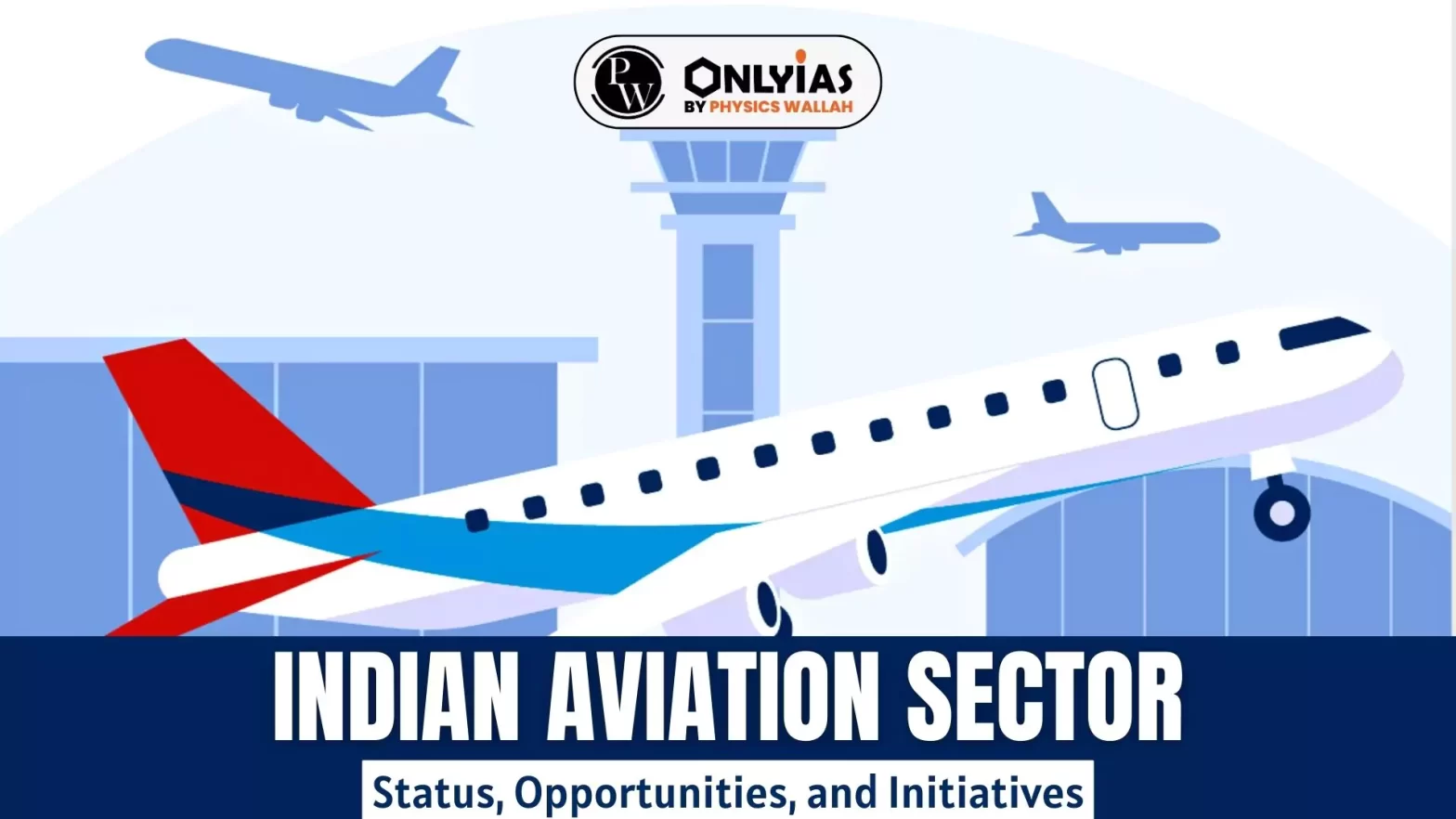![]() 26 Jan 2024
26 Jan 2024

This editorial is based on the news “Union Minister for Civil Aviation Shri Jyotiraditya M Scindia inaugurates Asia’s largest Aviation Expo-Wings India 2024” which was published in the PIB. According to the Union Civil Aviation Minister, the government is working to make India the third largest aviation sector in the world in the next three years from the fifth position currently.
| Relevancy for Prelims: Indian Aviation Sector, Wings India 2024, Make in India, DGCA, Centre for Aviation (CAPA), UDAN Scheme, and RCS UDAN.
Relevancy for Mains: Indian Aviation Sector- Status, Potential, Challenges, Government Initiatives and Way Forward. |
|---|
| Mains Question: What is an FRP composite material? How are they manufactured? Discuss their applications in the aviation and automobile industry. (100 words, 5 marks) |
|---|
| Must Read | |
| NCERT Notes For UPSC | UPSC Daily Current Affairs |
| UPSC Blogs | UPSC Daily Editorials |
| Daily Current Affairs Quiz | Daily Main Answer Writing |
| UPSC Mains Previous Year Papers | UPSC Test Series 2024 |

<div class="new-fform">
</div>